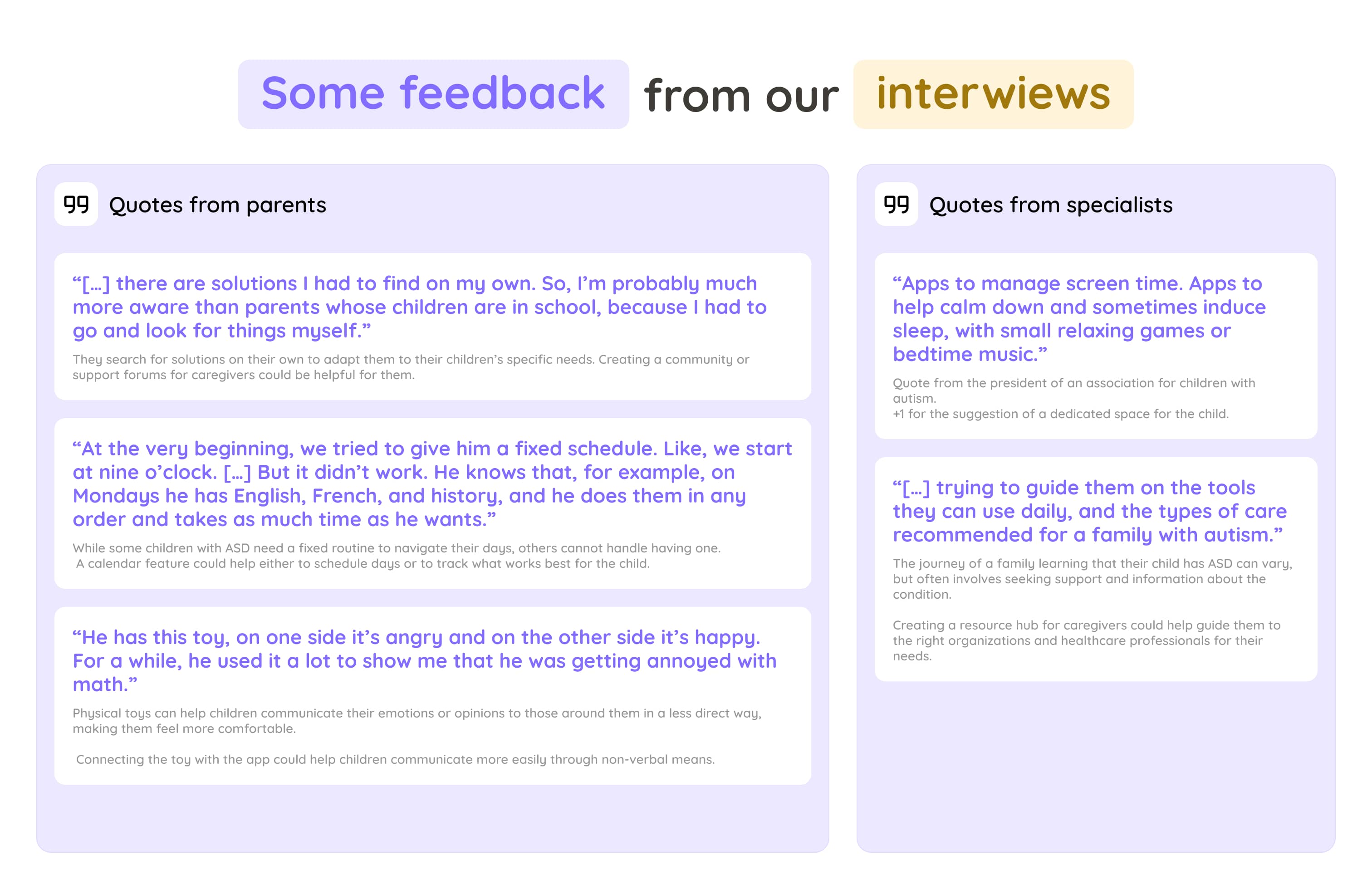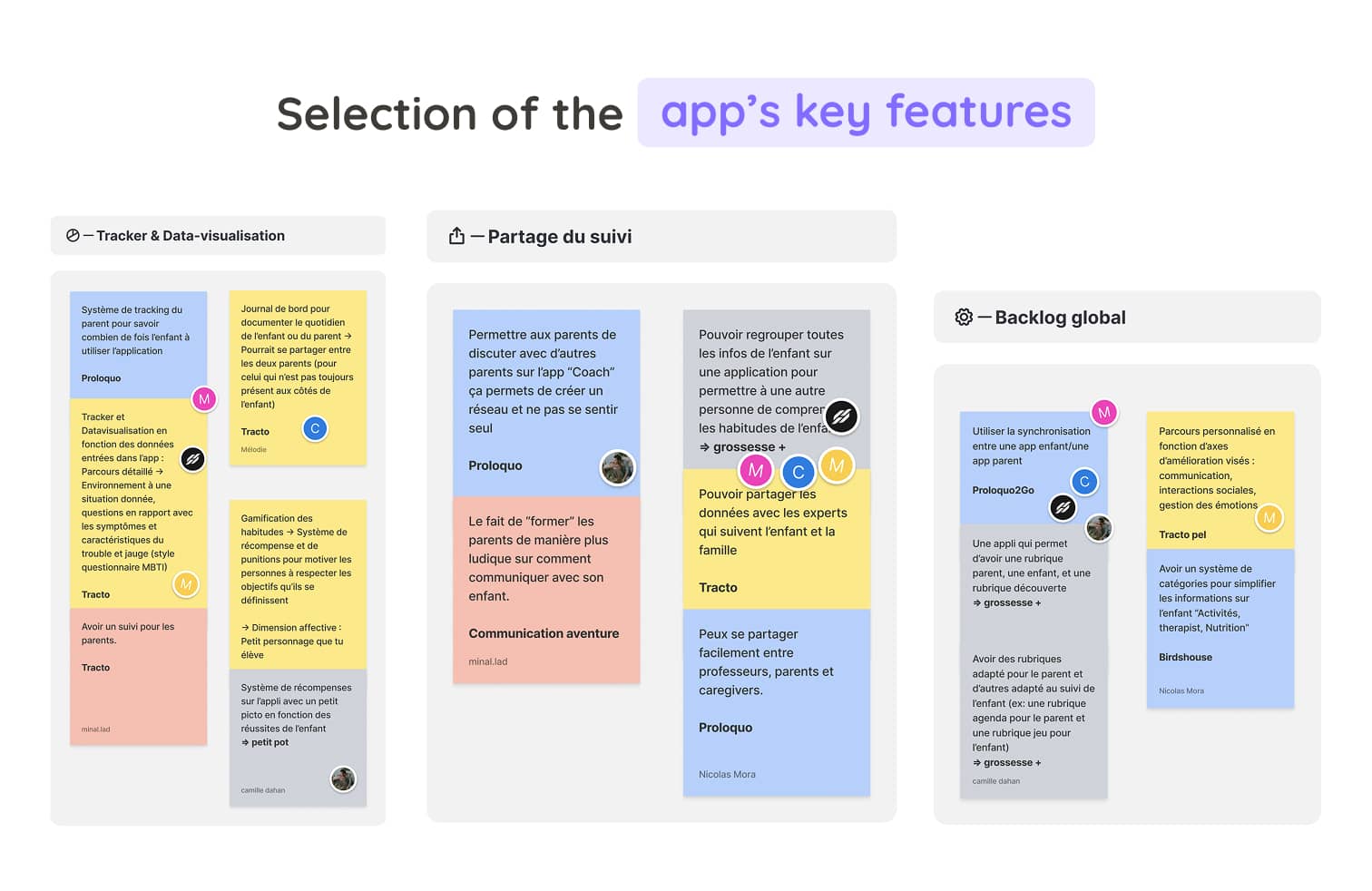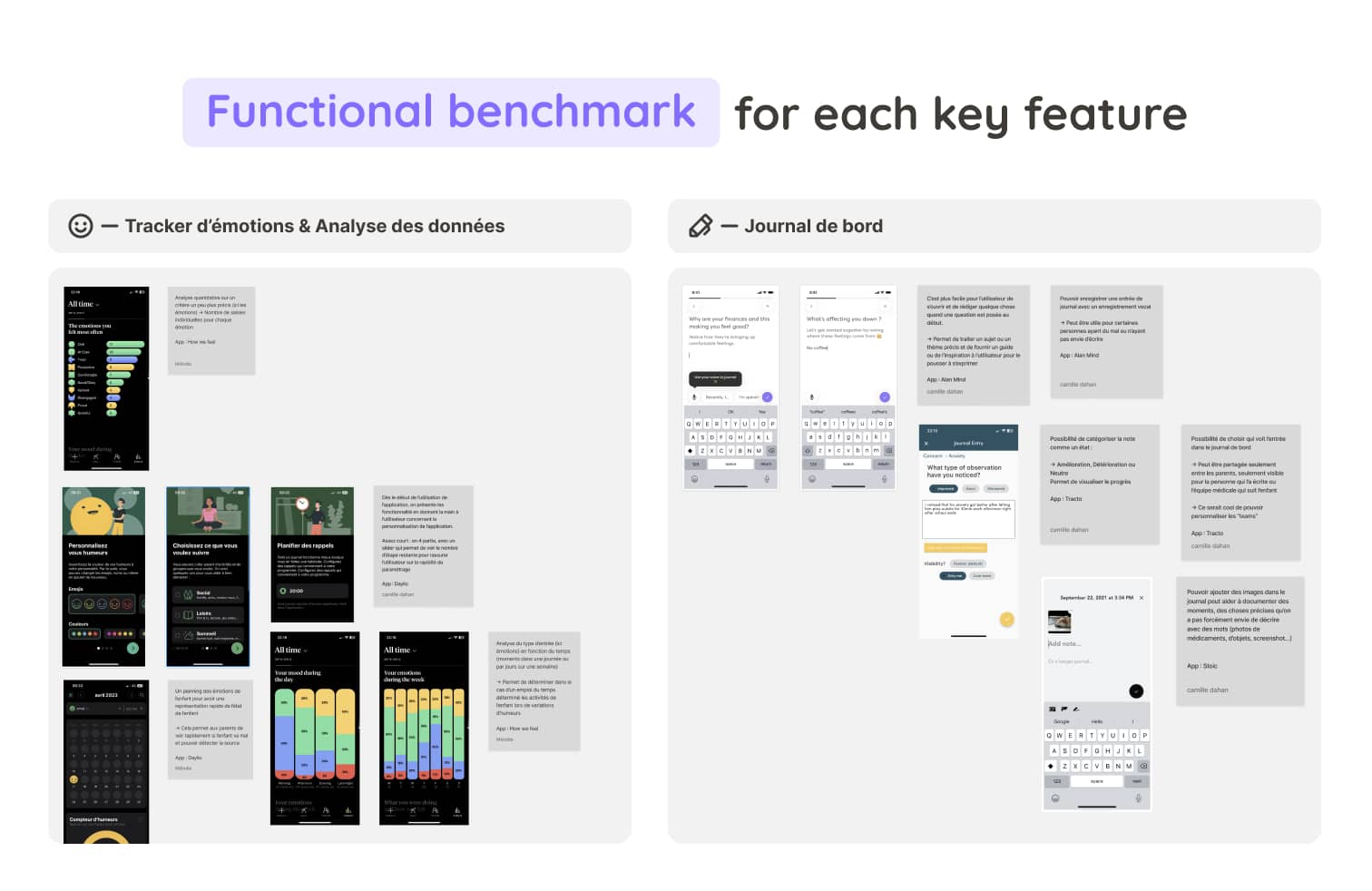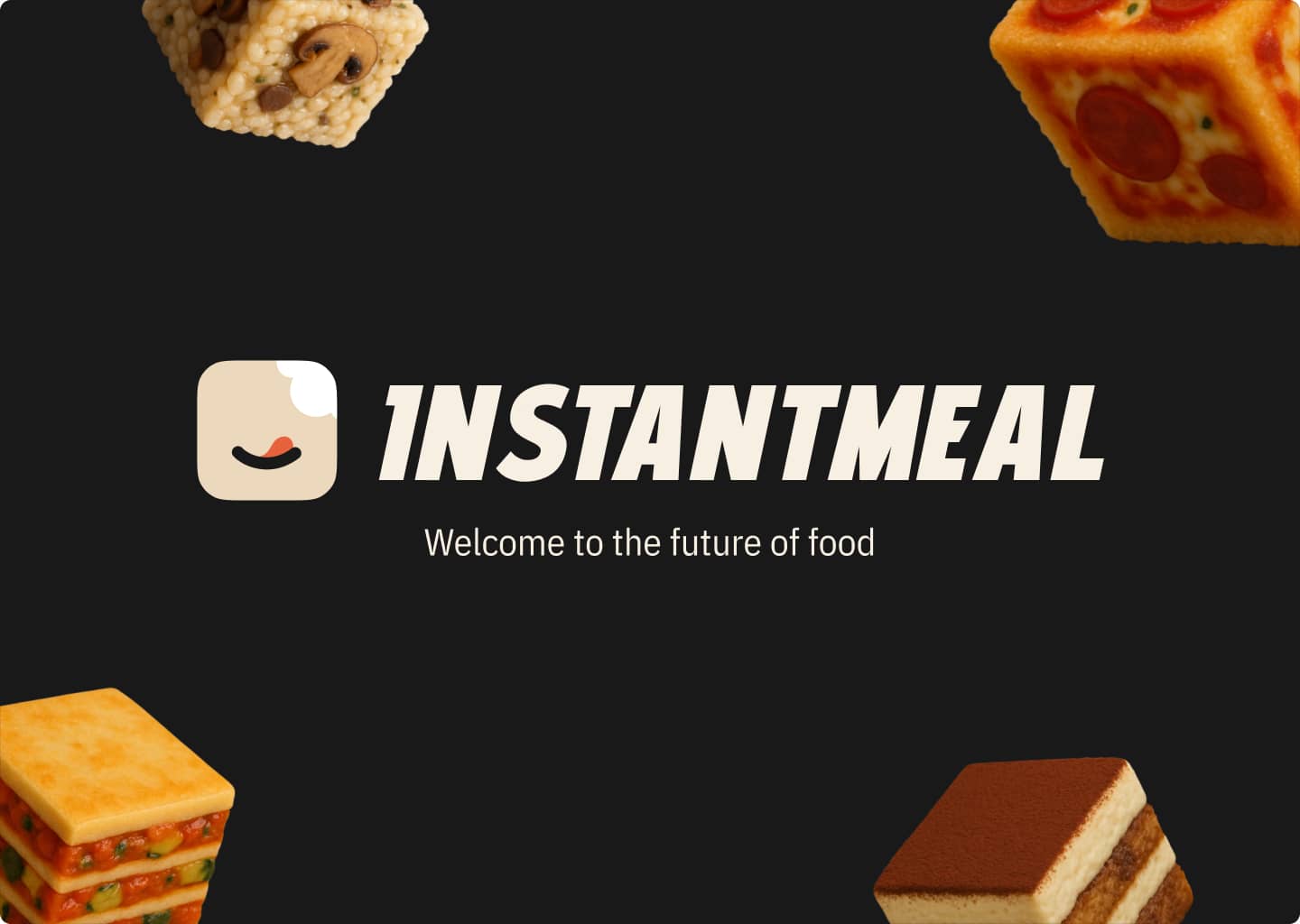A quick overview of the project
PILOE is a mobile app connected to a smart night light, designed to strengthen communication between children and their caregivers. The project helps caregivers identify and understand the emotions of children through precise tracking while allowing them to document and analyze daily life using an intuitive interface.


Project Context
PILOE was born from a need shared by parents and professionals supporting children with specific needs: understanding the emotions of an autistic child can be challenging. There was no tool to collect emotional data while giving caregivers a structured space to track and organize the child’s daily activities.
The goal was clear: create an intuitive solution that connects a physical toy to a mobile app to support children and their caregivers.
Previously, we developed PILOE as a combined physical and digital tool to:
- Offer a simple, comforting way for children to express their emotions.
- Support caregivers by providing clear, centralized data on the child's emotional state.
Based on interviews and secondary research, we explored different ideas:
- A soft octopus-shaped toy with tentacles representing different emotions. By pressing a tentacle, the child can express how they feel while receiving comforting feedback (soft lights, calming textures).
- A connected app that receives data from the toy, allowing caregivers to document emotions, add context, and analyze trends to better understand and anticipate the child’s needs.
The Challenge
Caregivers had few ways to track and understand the emotional behaviors of autistic children. Additionally, there were no specific tools to help them structure and track the child’s daily activities, leading to challenges in:
- Recognizing and anticipating emotions to reduce crises and their impact.
- Organizing and sharing clear information between parents and professionals to monitor progress.
- Providing organized, predictable routines to improve daily life and create a calm, comfortable environment for the child's personal development.
Ideation & Design solutions
To address these needs, we took a user-centered approach:
- Defined user stories for different caregiver profiles (parents, educators, healthcare professionals).
- Ran a benchmark of similar apps to find best practices and identify improvement opportunities.
- Created user flows to clarify each usage step.
We focused on creating:
- An emotion tracker connected to the night light, allowing real-time visualization of the child's feelings.
- A structured journal for daily documentation to help identify emotional patterns.
- A clear, child-centered profile for personalized support.
- An accessible resource hub for caregivers.
The solution was translated into wireframes for each screen, then designed in high fidelity on Figma with smooth navigation and an intuitive interface.
Improvements & Future features
We identified several enhancements for future versions of PILOE:
- An emotion tracker editable by caregivers, allowing them to add context like location, activities, or environment to the recorded emotions.
- An integrated calendar for scheduling medical appointments and planning routines.
- An interactive learning center with articles, videos, and forums for caregivers to share experiences and get practical advice.



























